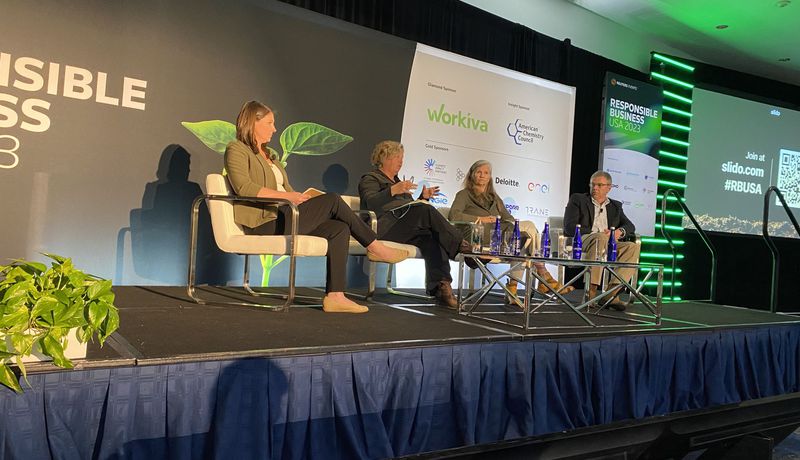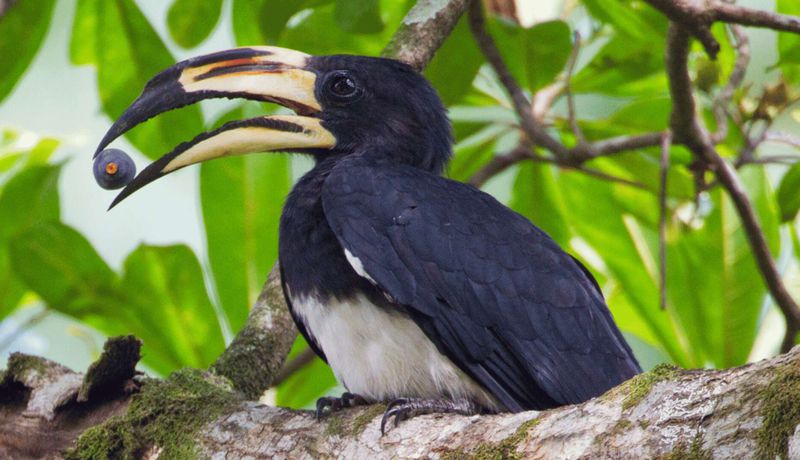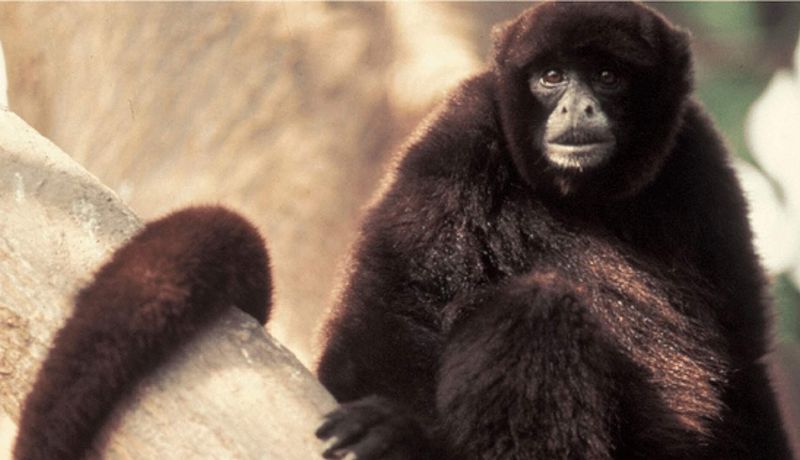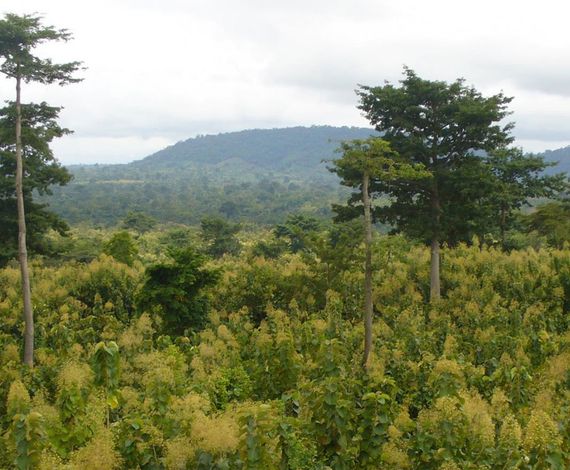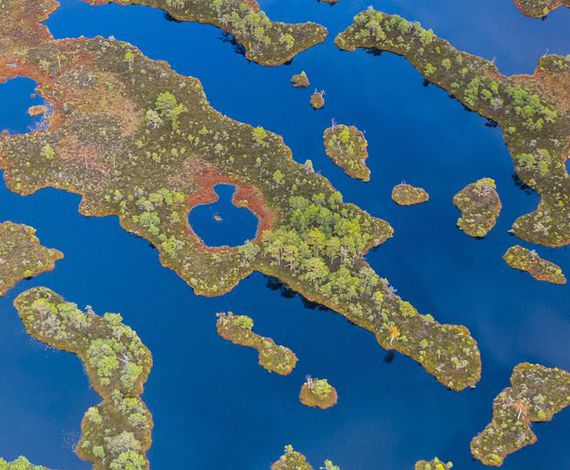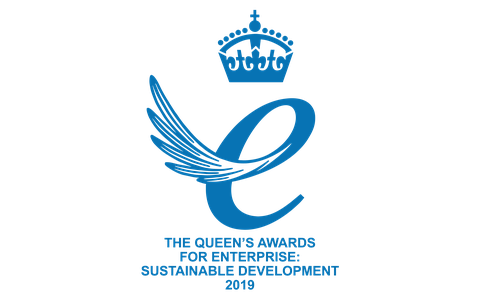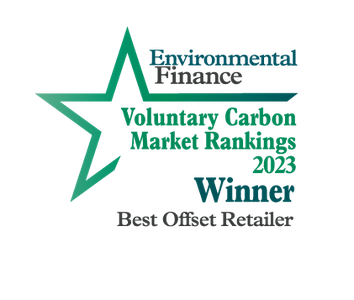Following her panel discussion on ‘Investing in Natural Capital and Embedding Biodiversity into Climate Ambitions’ at the Responsible Business conference (USA), we spoke to Saskia Feast, our Managing Director of Global Client Solutions, about the importance of investing in nature and biodiversity to complement climate goals.
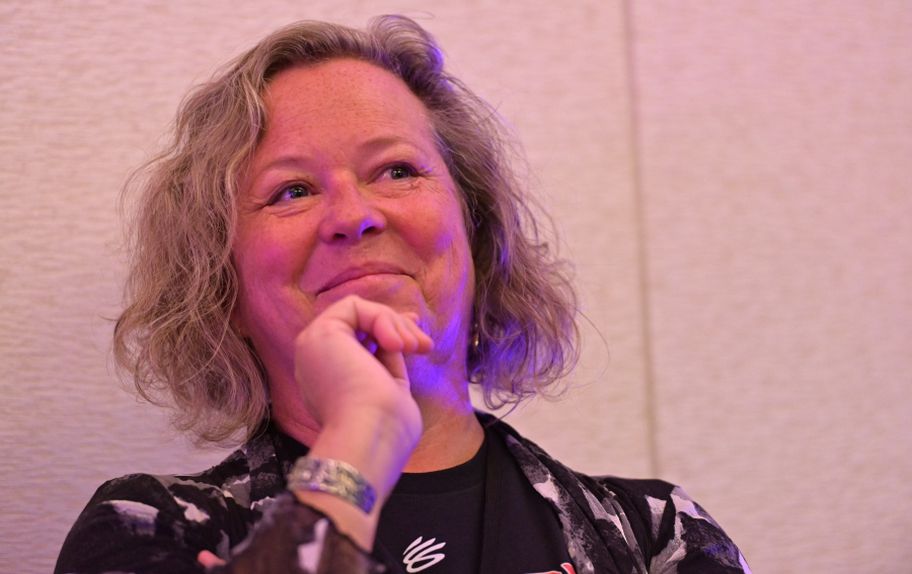
Why is the Global Biodiversity Framework (GBF) so important?
Saskia: For climate we have well understood targets - limit the Earth’s warming to 1.5⁰C and achieve net zero by 2050. Until recently, there has been no such clarity for biodiversity. The GBF was agreed at COP15 (the biodiversity COP) in 2022 to protect 30% of land, ocean and freshwater by 2030. In my view, it is the Paris agreement for biodiversity.
The GBF is a critical framework because biodiversity loss will affect everyone. We all rely on the richness of biodiversity to access natural resources and to live healthily. Biodiversity also ensures we operate ‘business as usual' with the constant supply of goods and services. In fact, half of the world’s GDP is dependent on nature.
The GBF estimates that an annual investment of $700 billion in biodiversity will be required to achieve its long term goals.
How have companies reacted to the GBF?
Saskia: For years, climate action has focused on carbon and the need to reduce emissions, so many companies understand this – biodiversity is a whole new area. I think companies are in a learning phase, trying to digest how the GBF goals and targets will impact them now, and in the longer term. They want to understand what actionable solutions they can put in place and if/how their current climate actions are improving biodiversity, and how to measure this.
There are also interesting discussions around how to adjust or extend current climate action to explicitly cover nature conservation and protection activities.
What advice would you give a company looking to combine biodiversity and climate investment?
Saskia: To start with, I think it’s crucial to understand the differences between climate change and biodiversity, but also highlight how they are inextricably linked. Climate change is currently the 2nd biggest cause of biodiversity loss in the ocean and 4th biggest cause on land, and this will likely increase in the future. Biodiversity loss also intensifies the effects of climate change. For example, deforestation is a major driver of biodiversity loss and forests are also a huge carbon sink, and we need to protect them to meet our climate goals.
So yes, I encourage companies to invest in solutions that can deliver both positive climate and biodiversity impacts. In this critical decade facing multiple crises, we need to ensure a thriving planet by investing in both.
If a company wants to invest in biodiversity, where do they start?
Saskia: Companies should seek to create a Nature Positive strategy, alongside their climate goals. The first step is gathering data, measuring their biodiversity footprint, including in their supply chain and, understanding where their biggest impact on biodiversity is coming from - highlighting the biggest risks to their organization. Key areas include water consumption, energy usage, raw materials and land use. We are working with RSK to pilot its Nature Positive program to measure a company’s biodiversity footprint.
Armed with this information, companies can set targets and commit to ambitious nature goals. The Science Based Targets Network (SBTN) is due to release a scientific methodology in the coming months to help set these targets. In addition, the Taskforce for Nature-related Financial Disclosure (TNFD) will publish a framework later this year to enable companies to integrate nature into decision making.
Finally, companies can take actions to achieve their goals. We help clients understand what solutions are available to them, such as nature-based carbon projects and innovative pilot solutions.
What types of biodiversity solutions are available to companies?
Saskia: Nature-based solutions (NBS) carbon projects absorb and store carbon from the atmosphere while enhancing biodiversity. They protect and restore natural ecosystems, such as forests, grasslands, wetlands and oceans, impacting the UN’s ‘life below water’ and ‘life on land’ Sustainable Development Goals. We are also working closely with leading biodiversity specialists to measure the biodiversity impacts associated with carbon finance projects in Indonesia and Columbia.
An exciting development is the emergence of a voluntary biodiversity market (VBM), which is learning lessons from the evolution of the voluntary carbon market (VCM) to set standards. We are working with the Biodiversity Credit Alliance and World Economic Forum to provide clarity and guidance in establishing the foundation of the market.
Some innovative solutions are being developed to provide biodiversity credits and nature tokens for the private market. Some projects are already in a testing phase, and we are involved in a few of them. CreditNature offers Nature Impact Tokens by measuring positive impacts from nature recovery and rewilding initiatives in the UK.
What do you think we have learnt from the VCM that should be incorporated into the VBM?
Saskia: This is a great question. The key lessons we can leverage in relation to the history of the VCM are:
- Reflecting on carbon credits, the emerging consensus around biodiversity credits is that they will not be fungible. You can’t compare a frog to a bird. One tonne of carbon is one tonne of carbon wherever it is removed or avoided and no matter where it is in the world. It’s like for like, whereas biodiversity is nuanced.
- The VCM concept of permanence is made more difficult for biodiversity. The impact of biodiversity projects, like carbon finance projects, needs to be permanent, however biodiversity is inherently diverse and constantly changing over time. Conservation activities require different stages as it is about restoring a complex ecosystem – for example some are taking the approach that we need to first reset, then restore and ultimately steward.
- We will need a different toolbox for measuring biodiversity impacts than carbon projects, as we are talking about species, ecosystems or DNA. Techniques such as acoustic monitoring of wildlife, DNA testing of species, and digital measurement may be more prominent.
- As with any long term sustainable solution for the climate or for biodiversity, indigenous and local communities must be listened to and included in developing solutions, they are fundamental to the success of any environmental work.
What is your key piece of advice for companies?
Saskia: I would advise companies to invest in nature-based solutions while contributing to the on-going development of the voluntary biodiversity market. Companies should now focus on understanding how their business is affecting biodiversity and be prepared to take actions following the release of the TNFD and SBTN frameworks.
Companies should also embrace what others are achieving. A good inspirational example is Faith In Nature, an eco-beauty company, who has appointed nature as a director on its Board. More widespread, 51% of Fortune Global 500 companies have already acknowledged biodiversity loss.
Ultimately, biodiversity is the food we eat, the water we drink, and the air we breathe, and we are currently seeing the over-exploitation of natural resources, degraded soil affecting crop’s productivity, millions of species at risk of extinction.
This is part of our motivation to work with our clients and partners to contribute to high-quality standards and solutions, and ensure we take actions to deliver impactful results.
Get in touch
$700 billion per year of investment will be required to achieve Global Biodiversity Framework's goals (UN)
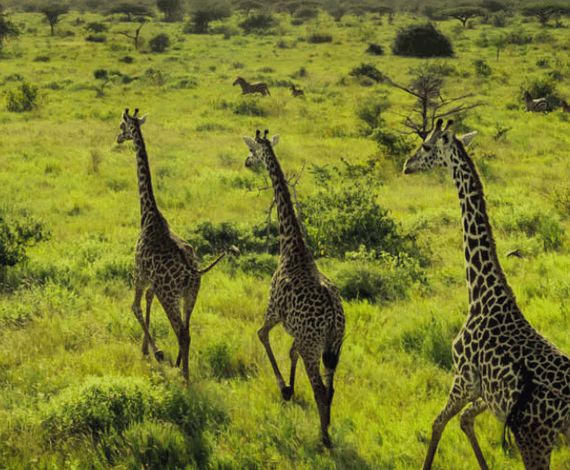
Delivering Biodiversity Impact
We work with our clients and partners to build a nature positive strategy to enhance biodiversity and complement climate goals.
Read more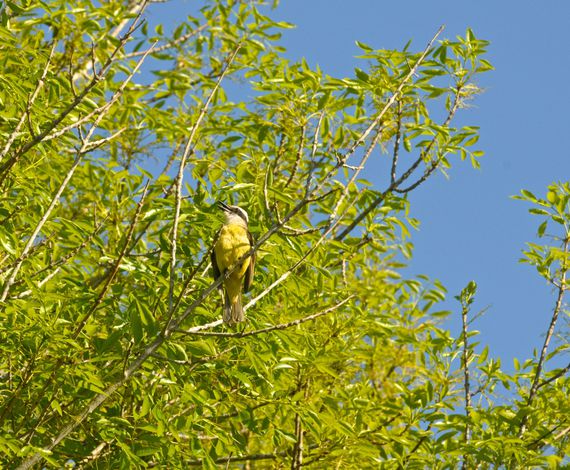
Measuring Biodiversity: The Quest For a Common Metric
The market is developing a measurement unit(s) to ensure we accurately and confidently evaluate positive outcomes for biodiversity.
Read more
600+ projects
have been supported by Climate Impact Partners, spanning more than 30 project types
Companies should now focus on understanding how their business is affecting biodiversity and be prepared to take actions following the release of the TNFD and SBTN frameworks.
Die neuesten Insights von
Climate Impact Partners
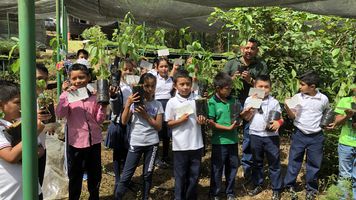
Save A Species: Recovering trees from extinction
The Save A Species program empowers companies to promptly engage in biodiversity conservation and restoration initiatives.
Weiterlesen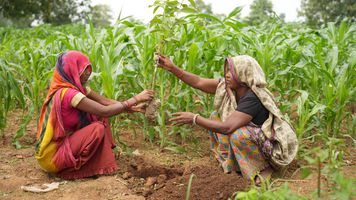
Capturing carbon: A snapshot of women on the climate frontline
Journey through the camera lens straight to the heart of climate action projects we work with around the world, understanding their impact on women and girls.
Weiterlesen
CORSIA: The 100 million tonne question
Rob Stevens, Director of Product Development, is helping pave the (run)way for CORSIA - the market-based carbon reduction scheme for airlines.
Weiterlesen

